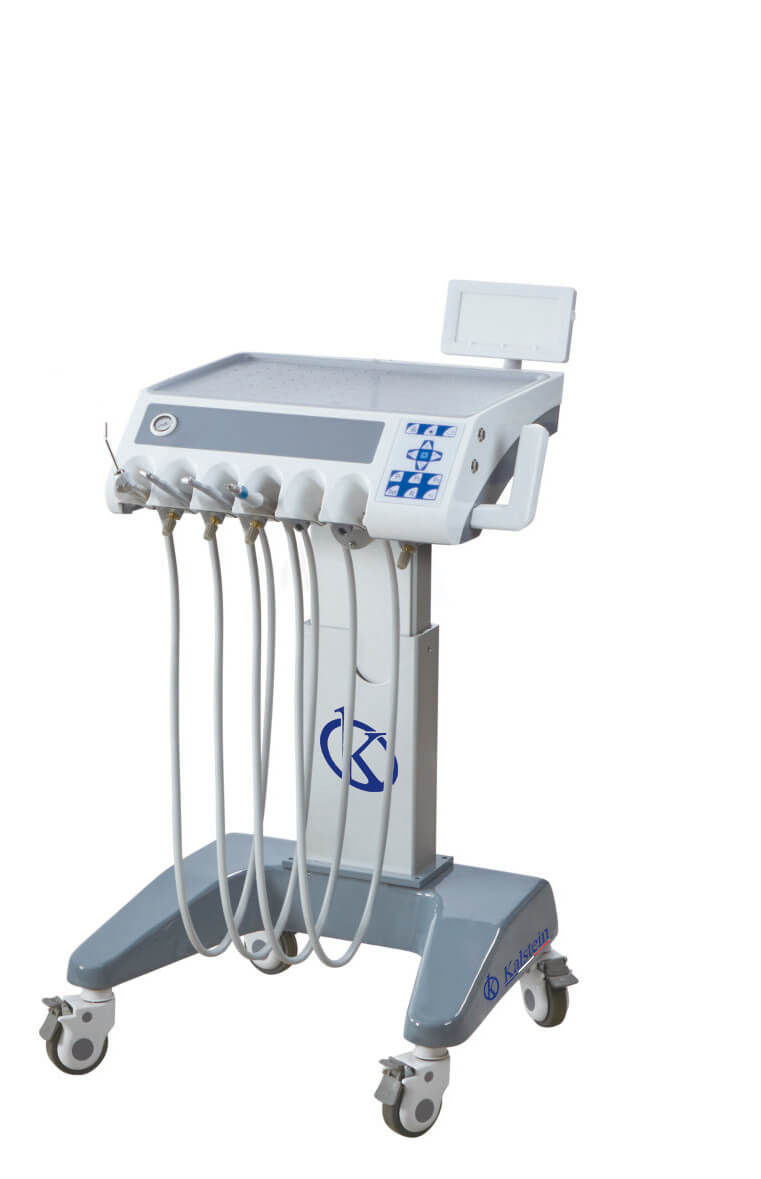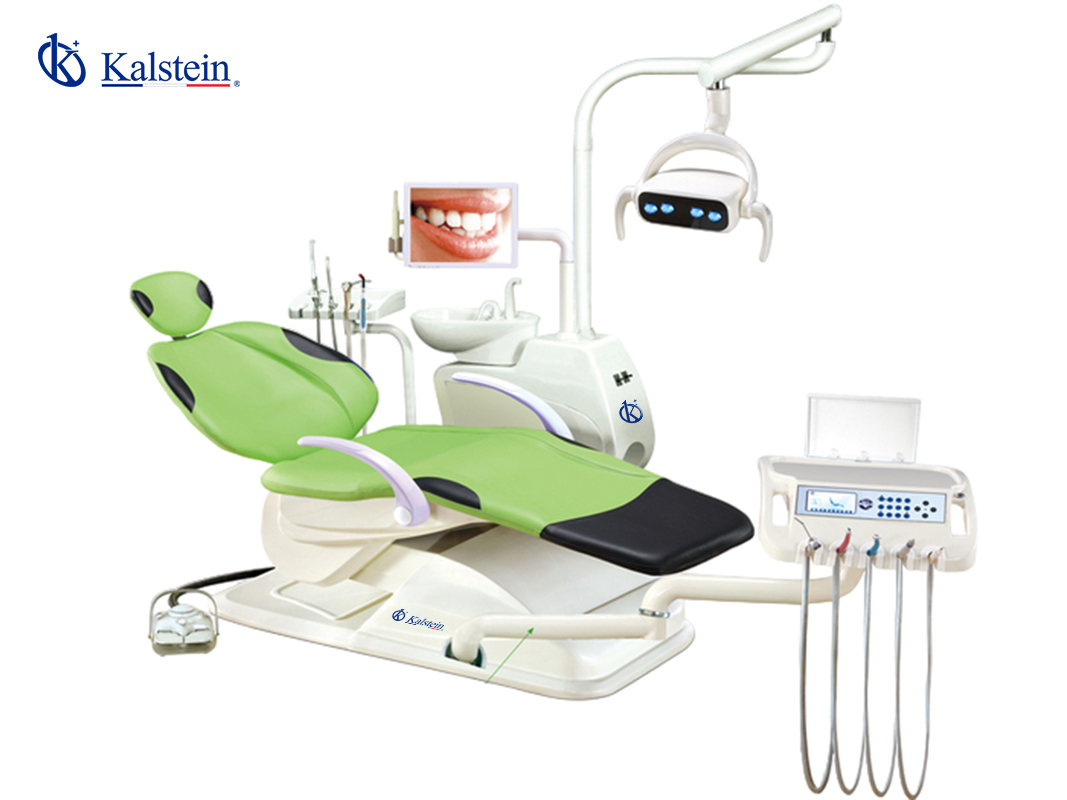Refractometers are optical instruments that are used to determine the percentage of soluble solids in a liquid solution. For this, the refractometer makes use of the principle of total refraction of light (caused by the type and concentration of substances dissolved in a liquid solution such as sugar), which takes place in the boundary layer between the prism and the sample. The refractive index of the prism determines the upper limit of the measuring range, since this should always be greater than that of the sample. The refractometer therefore measures the density of liquids, the denser a liquid the greater the refraction.
What is your history?
were invented by Dr. Ernst Abbe, German / Austrian scientist in the early twentieth century. The Abbe refractometer is the “grandfather” of all modern refractometers, thanks to its simple operation and reliability, it still has a place in laboratories.
How should its handling be?
Clean and dry the lid and prism carefully before beginning the measurement. Put 1 or 2 drops of the test on that prism; when the lid is closed, the test is distributed homogeneously between the lid and the prism.
You can use a pipette to put the test on the main prism. Avoid forming air bubbles, as this could have a negative effect on the measurement result. Moving the lid slightly will allow the test fluid to be distributed more homogeneously.
Hold the refractometer under sunlight, you can see the scale through the eyepiece. The value can be read between the light / dark limit. By rotating the eyepiece you can adjust / specify the scale. Thoroughly clean and dry the prism and the cap after each measurement to avoid remaining debris that could affect future measurements.
Calibration
Clean and dry the lid and prism carefully before calibration. Put 1 or 2 drops of distilled water in the prism. If the light / dark limit is not at 0% (water line), adjust it using the calibration screw under the rubber cover, use the screwdriver that comes with the shipment.
What important considerations should I take into account?
- Keep both the lid and the prism clean, dirt can negatively influence the accuracy of the refractometer measurement
- Avoid scratches on the prism, as these can also have a negative influencein the measurement
- When cleaning, use only a damp cloth and avoid aggressive cleaners, thoroughly dry the appliance after cleaning.
- Clean the appliance simply with a damp cloth and never under water, as it could penetrate the appliance.
- Avoid bumps or drops that could damage the optical system.
- Store the device in a dry place
Kalstein offers high quality and high precision refractometers. That will help you determine with great accuracy the density of your solutions. That’s why we invite you to take a look at our refractometers available at HERE




